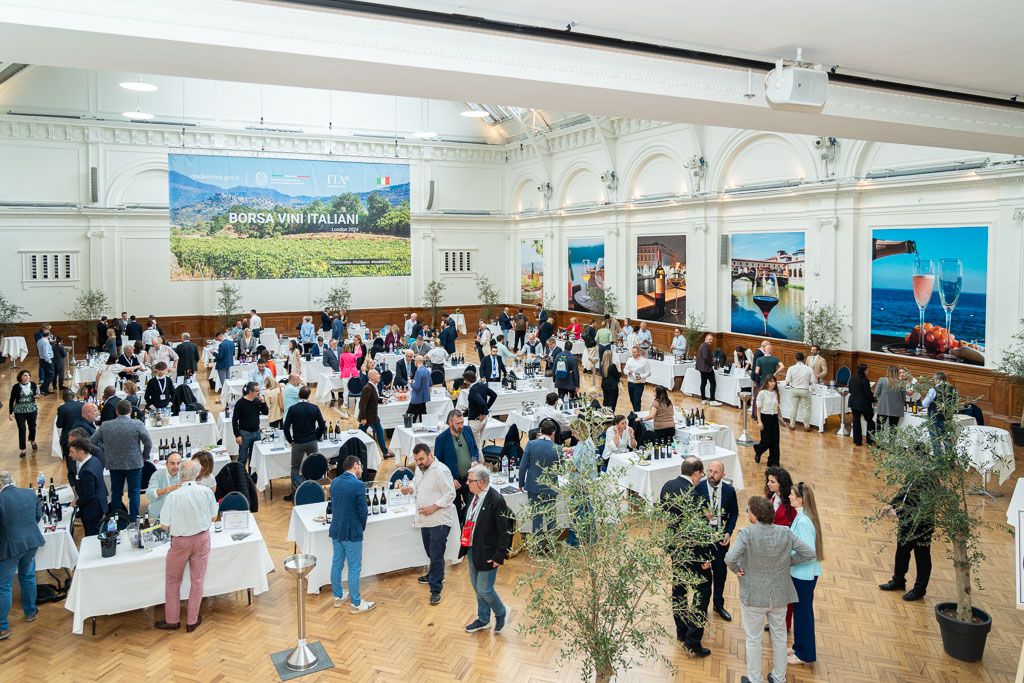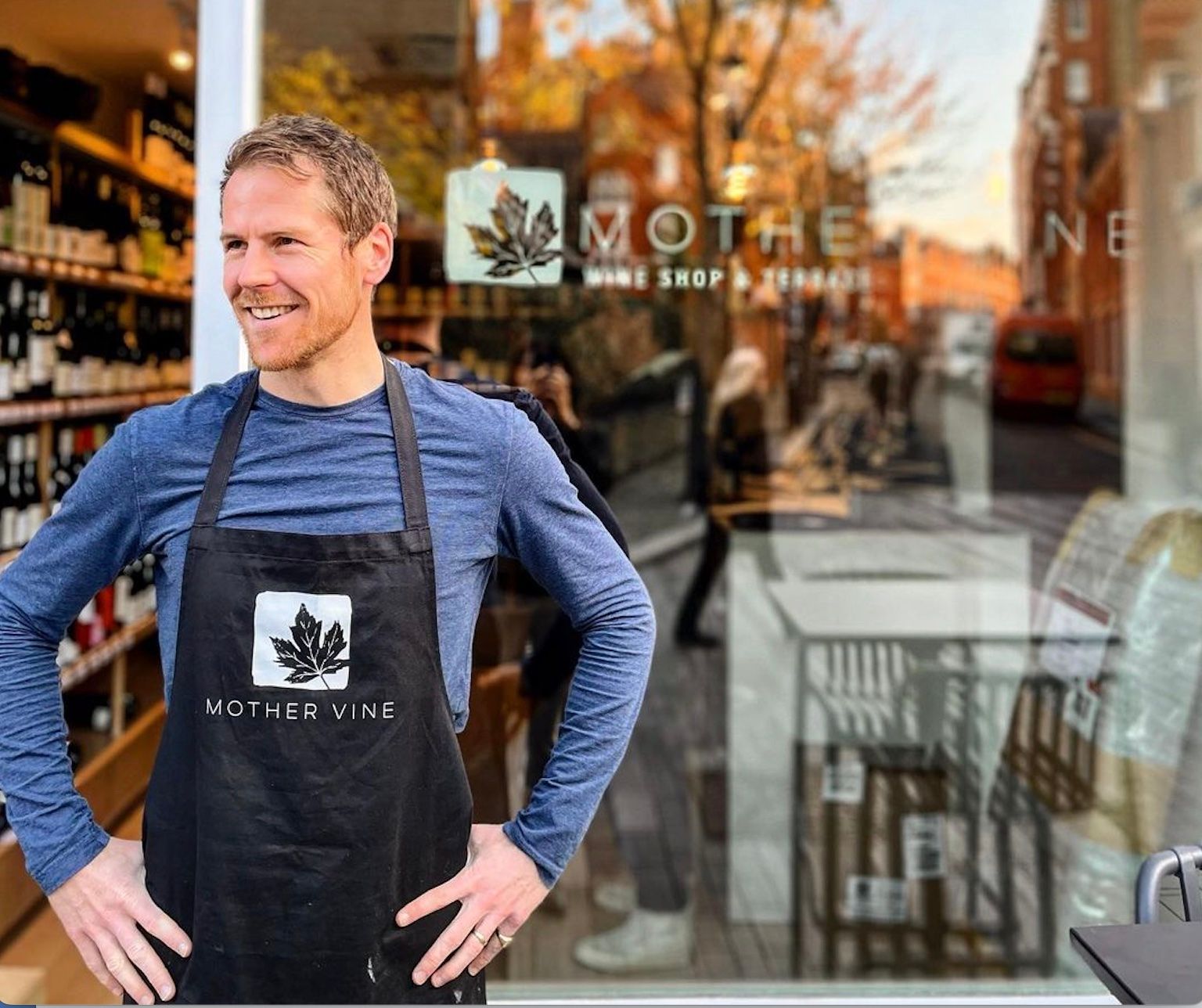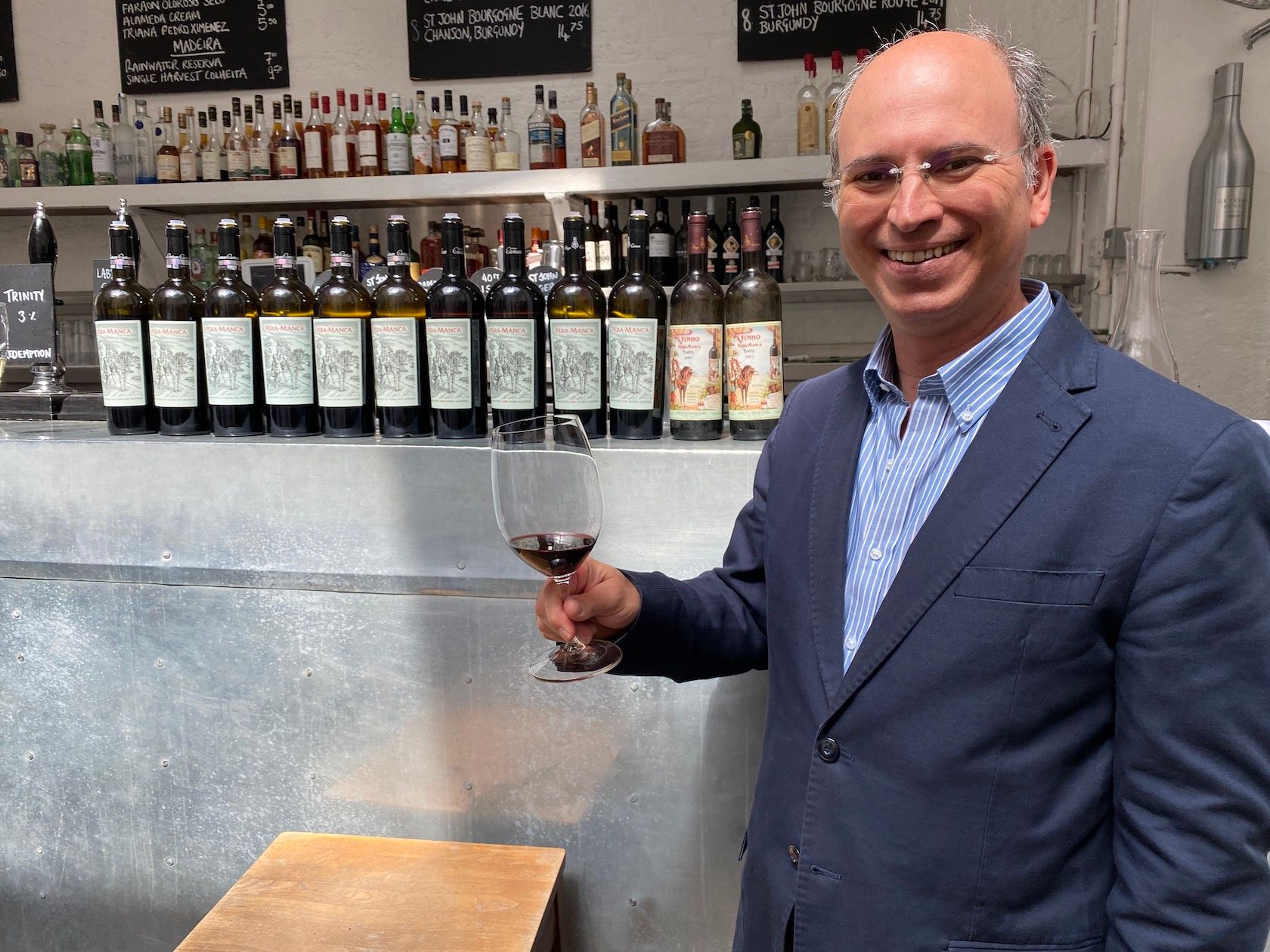In the first of this four-part series, Turner lays out the background to the Rioja wine scene that led to 2017’s site-specific rule changes.
What are the words that spring to mind when you think about Rioja? Let’s have a go: Crianza, Reserva, Gran Reserva, Tempranillo, Garnacha…ok, Spain obviously, you can have that, but any others? How about village wines? How about single vineyards? At this specific moment in time I’d imagine these last suggestions aren’t at the forefront of your thinking when it comes to this most famous of Spanish wine regions.
A terroir-led revolution, however, has sprung from the DOCa’s introduction of new geographical categories in 2017. Wines can now officially be labelled as being from a specific zone, municipality, or even from a registered single vineyard. In my recent trip to the region I found that the explosion in styles, flavours and tastes of wines coming out of Rioja truly reflects the Consejo’s marketing drive of “100kms of Diversity”.
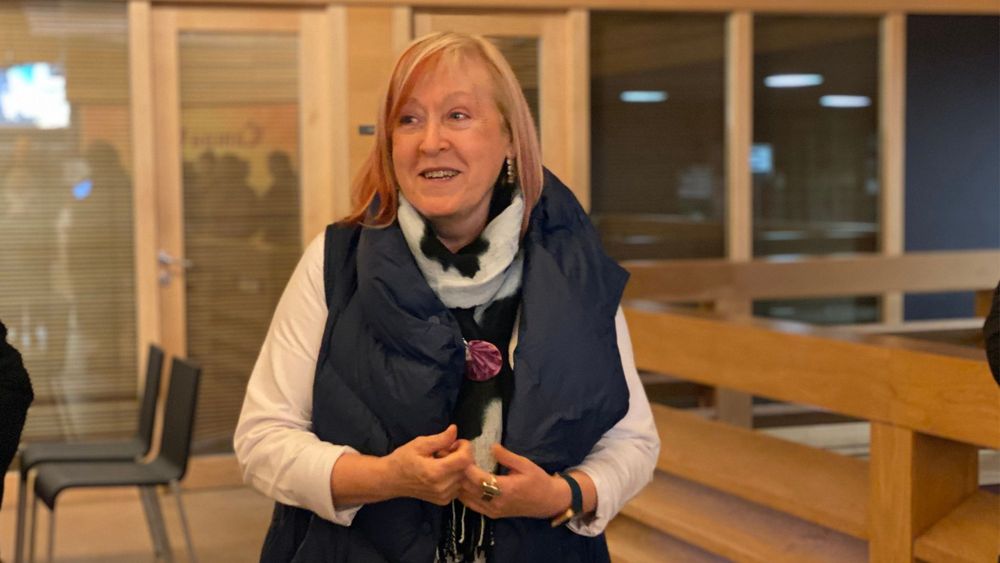
Campo Viejo’s Elena Adell: the person who’s done more than most to bring Rioja style to the world
The world-famous Rioja style
A walk through the wine aisles of your local supermarket and you’d be forgiven for not registering anything had really changed. Rioja is blessed to have very well managed wineries, from large to very large, providing good quality, consistent wines that have helped ‘Brand Rioja’ become what it is today in the eyes of countless consumers around the world. The fabulous consistency of the likes of Campo Viejo and Faustino have led to levels of brand loyalty most companies, let alone wine companies, could only dream of.
This ‘Brand Rioja’ has been built on the back of becoming experts at producing a house style via blending and ageing. This may be blending across the permitted grape varieties or blending fruit from the various regions across Rioja. They also must choose the right barrels from the right coopers with the right toasting levels, judge how long to age the specific blends for, and so on. Year in, year out. Anyone who thinks producing consistent quality brand wines is easy, well, they haven’t really thought it through. These wineries are masters of this art.
We’re also not just talking about large scale wineries looking to hit the supermarket shelves at competitive price points. The famed area of the Barrio de la Estación in Haro contains some of Rioja’s finest and most well-known producers. The likes of La Rioja Alta, Roda, Muga, and Goméz Cruzado are set up to do exactly the same, albeit aiming for more modest production levels with higher quality output for a different segment of wine drinkers. They are still self-confessed experts at producing a house style, albeit allowing for more vintage variation, but one that keeps their clients coming back for more.
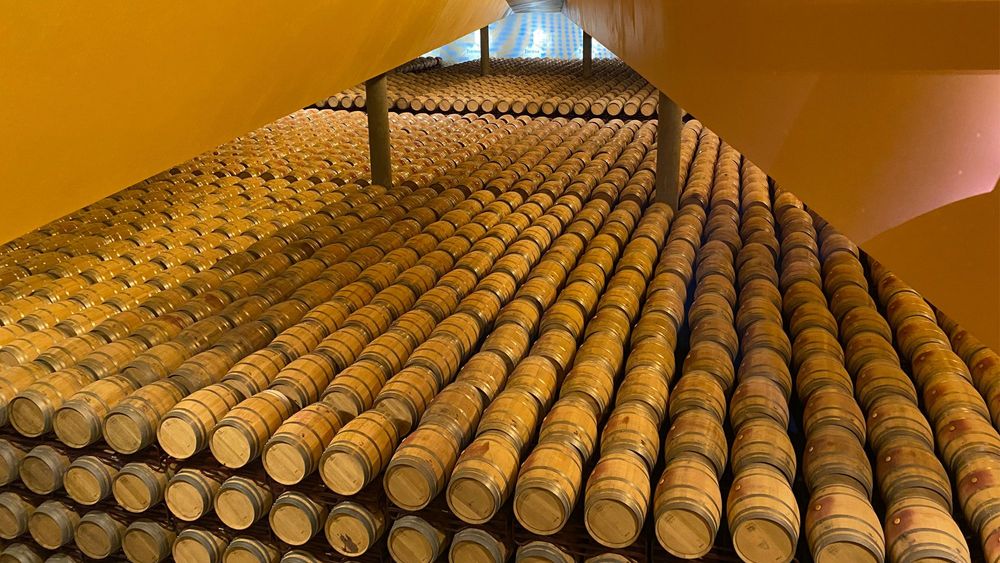
The enormous barrel room at Faustino
Ageing regulations
Most of the production of these wines are produced to comply with the ageing regulations of Crianza, Reserva, and Gran Reserva wines. The system, introduced by the Consejo in 1979, regulated the widespread use of oak-ageing prevalent in the region since the Quintano brothers brought oak-ageing techniques back from Bordeaux in the 18th century.
The regulations state minimum ageing requirements for each level of wine.
The theory is that the more the wines are concentrated and structured, will be the wines that are most suited for longer ageing as part of the Gran Reserva category. Less complex, fruitier styles can be made for enjoying much earlier and suit the Crianza level. They all have their place. Crianza is for a glass of wine after a long day at work, or for a great party with your friends. Gran Reserva is for that special dinner or for sitting in your favourite armchair on a Sunday afternoon. It’s a very neat category system and, of huge importance, very easy for consumers to understand.

Rioja Blanco aged in glass spheres at Remirez de Ganuza
Rules are made to be broken
The use of ageing regulations to produce wines of style has not been without its critics. Two of the supposedly strictest elements were minimum total ageing requirements (with minimum barrel time) and also that the oak ageing took place in a 225-litre barrel. Some producers had better fruit than others, some producers sourced barrels from only the best coopers, some producers went above and beyond the minimum requirements. Some didn’t. This isn’t a criticism of anyone, it’s just a statement of fact that the quality levels within each category can and do have a rather punchy range at times. But that argument itself is not what sparked the new regulations of 2017.
Dissatisfaction had been growing for many years within certain areas of the winemaking community in the region. Any deviation from the ageing requirements meant your wines would be labelled at Cosecha, which translates to the rather tawdry “generic”.
One set of voices came from (although not exclusively) small to medium-sized producers, with long standing links to incredible and hugely varying terroir across the 63,000 hectares of Rioja. Their passion was to produce wines that reflected their vineyards and justifiably they wanted to be recognised for that.
There were also those winemakers that wanted the freedom to experiment in the cellar with different sized barrels, amphorae, granite tanks, concrete eggs, or even…crazy though it might seem…inert stainless steel tanks! This last option is especially true for those producers with access to the fabulous pockets of old vine fruit abundant across the vineyards of Rioja. They wanted to show that off, and again have the ability to gain a level of recognition for that.
In the 1990s the first signs of dissent came from a group of winemakers that began to produce wines on a more garagiste level. Mainly coming from producers based in Rioja Alavesa, these Vinos de Autor became highly collectable wines reflective of the place where their fruit was grown. Although unofficial and labelled as Cosecha (generic) wines, it was a view for importers and consumers around the world that there was a different side to Rioja waiting to break out.
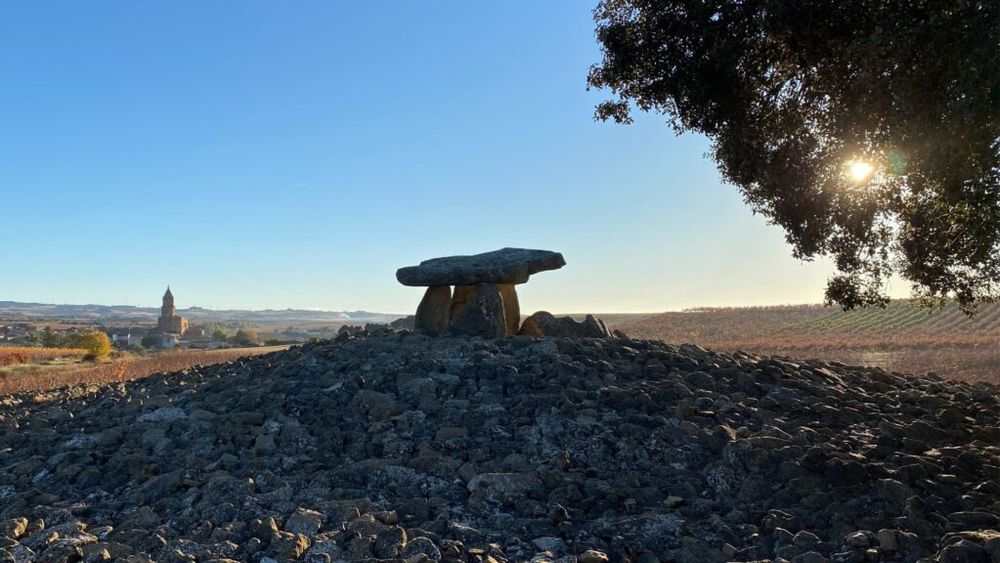
Sunrise of the Dolmen of Chabola de la Hechicera
The Consejo reacts
This situation came to a head in the mid-2010s. In 2015 the prominent Juan Carlos López de Lacalle withdrew his Atardi winery from the DOCa. This was followed the year after by a group of 40 producers from the Basque Álava district (Rioja Alavesa) proposing a breakaway Viñedos de Álava project. The Consejo needed to act fast. To their immense credit, they did.
In 2017, three site-specific categories were introduced. Wines would be recognised as coming from a specific zone within Rioja, a specific municipality or village, or even from a specific vineyard plot of outstanding quality. And they could be officially labelled as such.
These would also be additional recognitions to work alongside the current ageing regulations, a very clever move that meant this was not necessarily a separate movement within the world of Rioja wine. You can release a Viñedo Singular Cosecha, or you can release a Vino de Municipio Reserva, or even a Vino de Zona Gran Reserva. Even more importantly, it now showed that those producers who had previously felt Rioja DOCa wasn’t for them and what they wanted to achieve with their wines, that Rioja was still their region and their wines, skills and styles were rightly valued.
Get to know Rioja better
On Wednesday 21st June 2023, Rioja Wine UK will host an unique event at a London 5-star hotel where members of the trade can spend a day immersed in the rich culture and heritage of Rioja – there will be a chance to taste some of the region’s finest wines as well as a busy schedule of educational masterclasses hosted by some of the most renowned Rioja wine experts. These include:
The ten heroes of Rioja with Sarah Jane Evans MW
Secrets of the cellar with Pedro Ballesteros MW
Match made in Rioja with sommelier Gonzalo Rodriguez Diaz
For more information click here.
- For more information about the Rioja DOCa, please contact the team at Phipps PR or mail rhian.rosser@thisisphipps.com

- Mike Turner is a freelance writer, presenter, educator and regular contributor for The Buyer. He also runs a wine events and ecommerce business, Feel Good Grapes, that explores and discusses the idea of sustainability in the wine trade.




